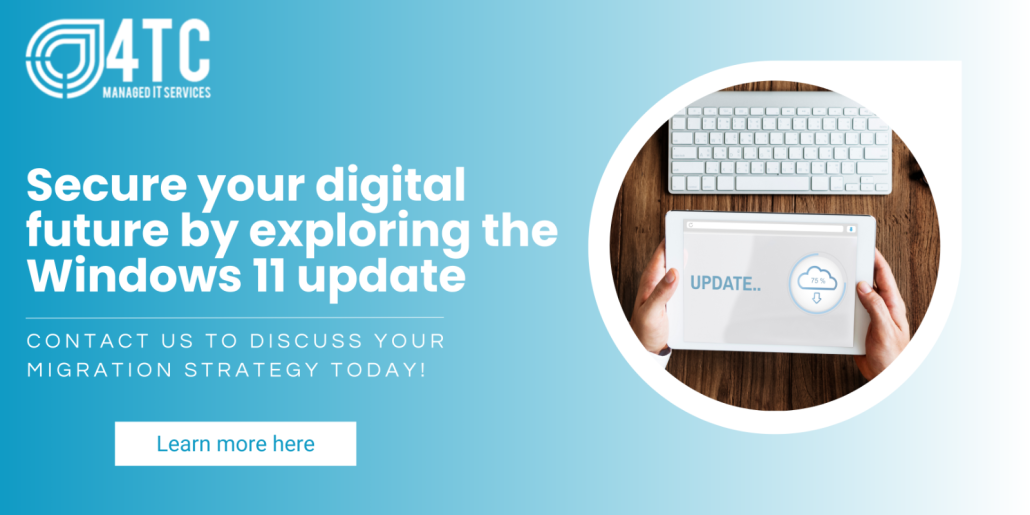IT Support Exposed: Ensuring Smooth Operations for Your Company
In the fast-paced world of business, the reliance on Information Technology (IT) has become indispensable. From managing day-to-day operations to fostering innovation, IT plays a pivotal role in ensuring the smooth functioning of companies. Behind the scenes, a dedicated team of IT professionals provides the necessary support to keep the digital gears turning. In this article, we delve into the world of IT support, exploring the critical aspects that contribute to the seamless operation of a company.
The Backbone of IT Support
Proactive Problem Resolution
In the realm of IT support, the best approach is often proactive rather than reactive. Rather than waiting for issues to arise, IT professionals actively monitor systems, identify potential problems, and implement preventive measures. This involves regular system updates, security patches, and performance optimization. Proactive problem resolution not only minimizes downtime but also enhances the overall efficiency of the IT infrastructure. By anticipating and addressing issues before they impact operations, IT support becomes a strategic partner in the company’s success, rather than a mere firefighting squad.
Navigating the Information Technology Transition
As businesses evolve in the digital era, the transition emerges as a defining factor in their ability to stay competitive. This phase of the Information Technology transition involves not only upgrading hardware and software but also adapting to new paradigms in how technology is utilized within the organization. The IT support team plays a pivotal role in orchestrating this transition, ensuring a seamless integration of emerging technologies. Whether it’s migrating to cloud-based solutions, implementing advanced cybersecurity measures, or harnessing the power of data analytics, a well-executed Information Technology transition lays the foundation for enhanced operational efficiency and future growth. This dynamic process demands not only technical prowess but also a strategic vision as IT support becomes a driving force in shaping the technological landscape.
User Training and Education
While IT professionals are adept at navigating the intricacies of technology, not all employees share the same level of expertise. User training and education are critical components of a comprehensive IT support strategy. This involves conducting regular workshops, creating informative resources, and fostering a culture of digital literacy within the organization. When employees understand how to use technology effectively and securely, the likelihood of encountering issues decreases significantly. Additionally, a well-informed workforce can contribute valuable insights to the IT team, aiding in the continuous improvement of systems and processes.
Embracing Remote Support in the Digital Age
The landscape of work has undergone a profound transformation, with remote work becoming more prevalent than ever. In this context, IT support has had to adapt to the challenges of providing assistance to employees scattered across different locations. Remote support tools and technologies have become indispensable for IT professionals, enabling them to troubleshoot issues, install software, and perform system maintenance without being physically present. This shift to remote support not only enhances flexibility for both IT teams and employees but also underscores the importance of robust cybersecurity measures to protect sensitive data across various access points.
Scalability and Future-Proofing
As companies grow, so do their IT needs. A forward-thinking IT support strategy considers scalability and future-proofing as crucial elements. This involves implementing systems and solutions that can adapt to the evolving requirements of the business. Cloud computing, for example, offers scalable and flexible solutions that can grow with the company. Additionally, IT professionals must stay abreast of technological advancements, ensuring that the company’s infrastructure remains at the forefront of innovation. By anticipating future needs and embracing scalable solutions, IT support becomes a strategic enabler for the company’s long-term success.
Balancing Automation and Human Touch
Automation has become a buzzword in the tech world, promising efficiency and speed. However, in the realm of IT support, striking the right balance between automation and the human touch is crucial. While automation can handle routine tasks and streamline processes, the empathetic understanding and problem-solving skills of human IT professionals remain irreplaceable. Companies must find the sweet spot where automation enhances efficiency without sacrificing the personalized support that human interaction provides. This delicate balance ensures that the IT support team remains agile, responsive, and attuned to the unique needs of the organization.
In the intricate dance of modern business operations, IT support emerges as a linchpin that holds everything together. From providing the necessary technical expertise to fostering a culture of digital literacy, IT support is instrumental in ensuring the seamless functioning of a company. By adopting proactive problem resolution, investing in user training, embracing remote support, planning for scalability, and striking the right balance between automation and human touch, organizations can build a resilient IT support framework. In doing so, they not only mitigate risks and minimize downtime but also position themselves for sustained success in an increasingly digital and dynamic business landscape.
Source: https://www.otsnews.co.uk/it-support-exposed-ensuring-smooth-operations-for-your-company/







